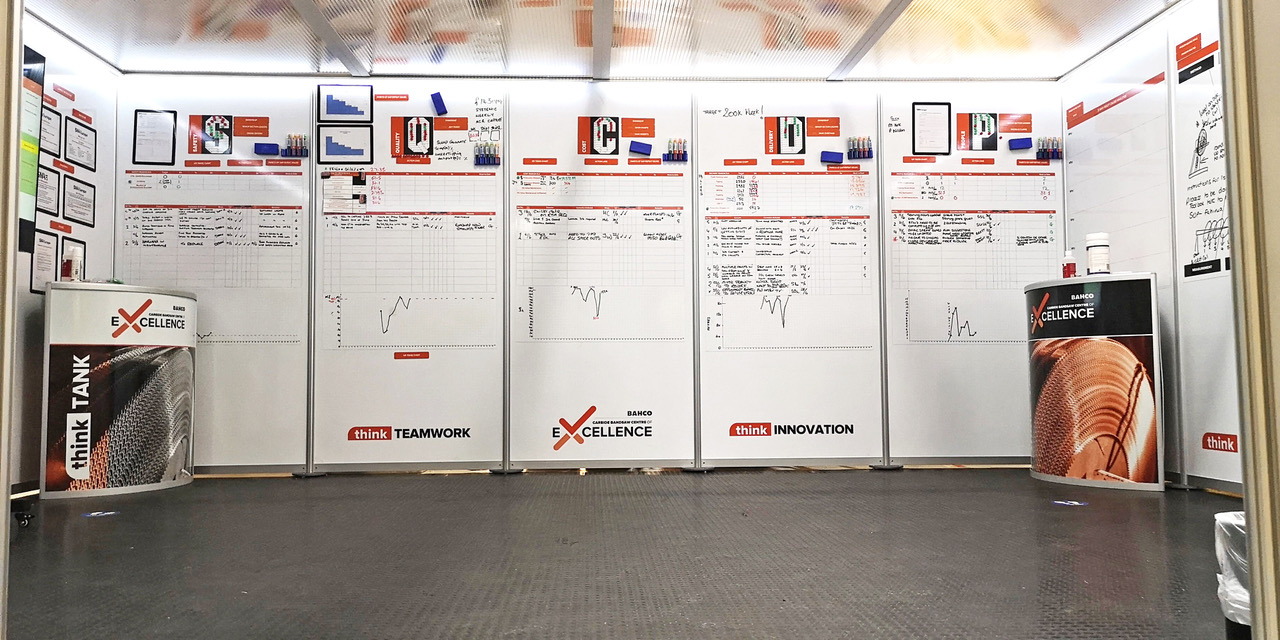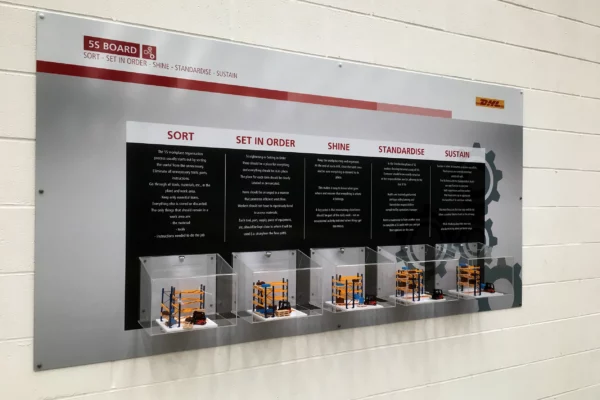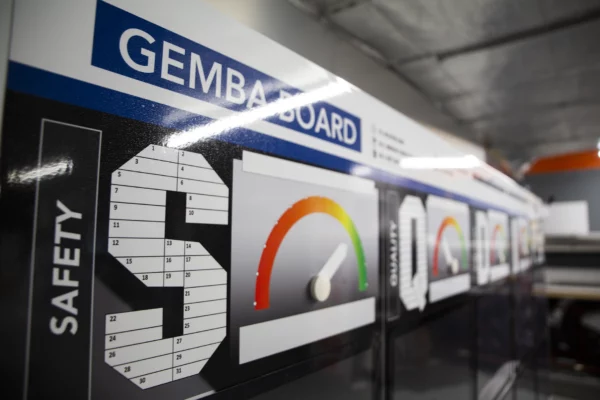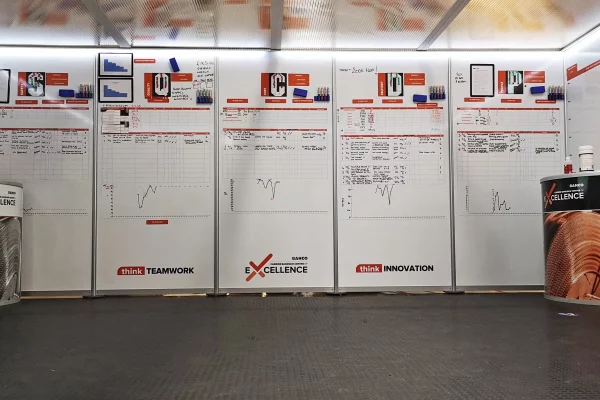Understanding Continuous Improvement Boards
Continuous Improvement Boards are powerful tools used by organisations to foster a culture of continuous improvement and drive positive change. These boards serve as visual management tools, providing a centralised platform for monitoring performance metrics, tracking improvement initiatives, and promoting collaboration among team members. In this guide, we’ll explore what Continuous Improvement Boards are, how they work, and how they can enhance organisational performance.
What are Continuous Improvement Boards?
Continuous Improvement Boards, also known as Kaizen boards or Improvement boards, are physical or digital displays that visualise improvement opportunities, progress, and achievements within an organisation. These boards typically consist of sections dedicated to different improvement initiatives, with each section containing relevant information such as goals, action plans, status updates, and performance metrics. Continuous Improvement Boards are designed to facilitate transparency, accountability, and communication among team members, enabling them to identify, prioritise, and address areas for improvement effectively.
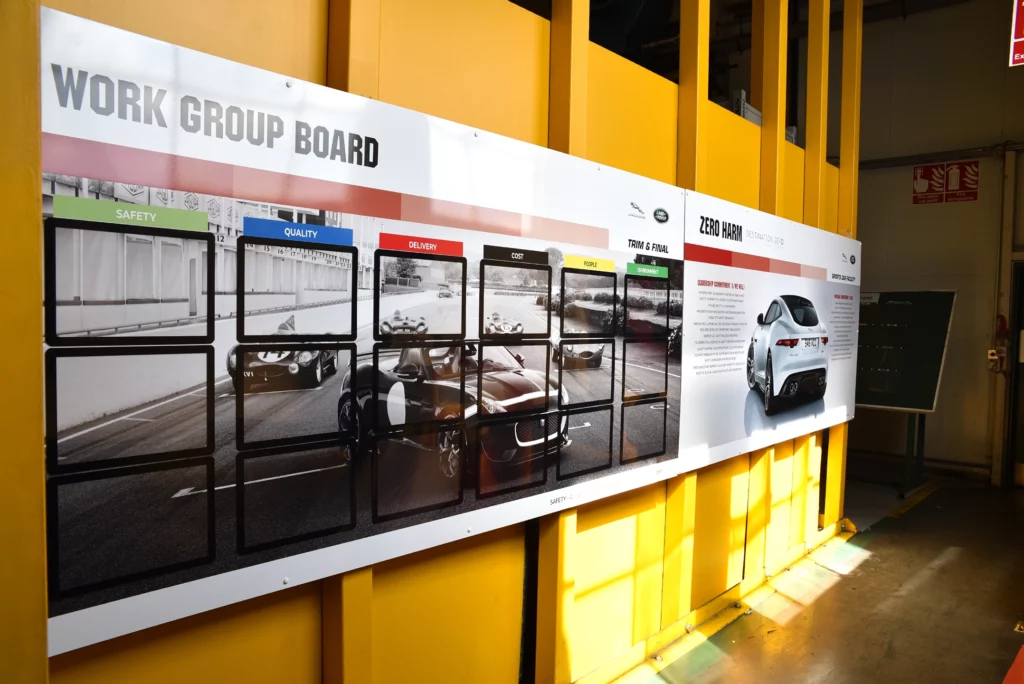
How do Continuous Improvement Boards Work?
Continuous Improvement Boards operate on the principles of visual management, which emphasise the use of visual cues to communicate information clearly and efficiently. These boards provide a centralised platform for capturing improvement ideas, documenting action plans, and tracking progress over time. Team members can use the boards to collaborate on improvement projects, share insights and best practices, and celebrate achievements. By regularly updating and reviewing the information displayed on the boards, organizations can foster a culture of continuous learning, innovation, and improvement.
Key Components of Continuous Improvement Boards
Continuous Improvement Boards typically consist of the following key components:
- Improvement Initiatives: Each section of the board is dedicated to a specific improvement initiative or project, with details such as goals, objectives, and action plans clearly outlined.
- Action Items: Action items or tasks associated with each improvement initiative are documented on the board, including assigned responsibilities, deadlines, and progress updates.
- Performance Metrics: Relevant performance metrics and key performance indicators (KPIs) are displayed on the board to track progress and measure the impact of improvement efforts.
- Visual Aids: Visual aids such as charts, graphs, and diagrams are used to present information in a clear and concise manner, making it easy for team members to understand and interpret.
- Feedback Mechanisms: Continuous Improvement Boards often include mechanisms for collecting feedback and suggestions from team members, fostering collaboration and engagement.
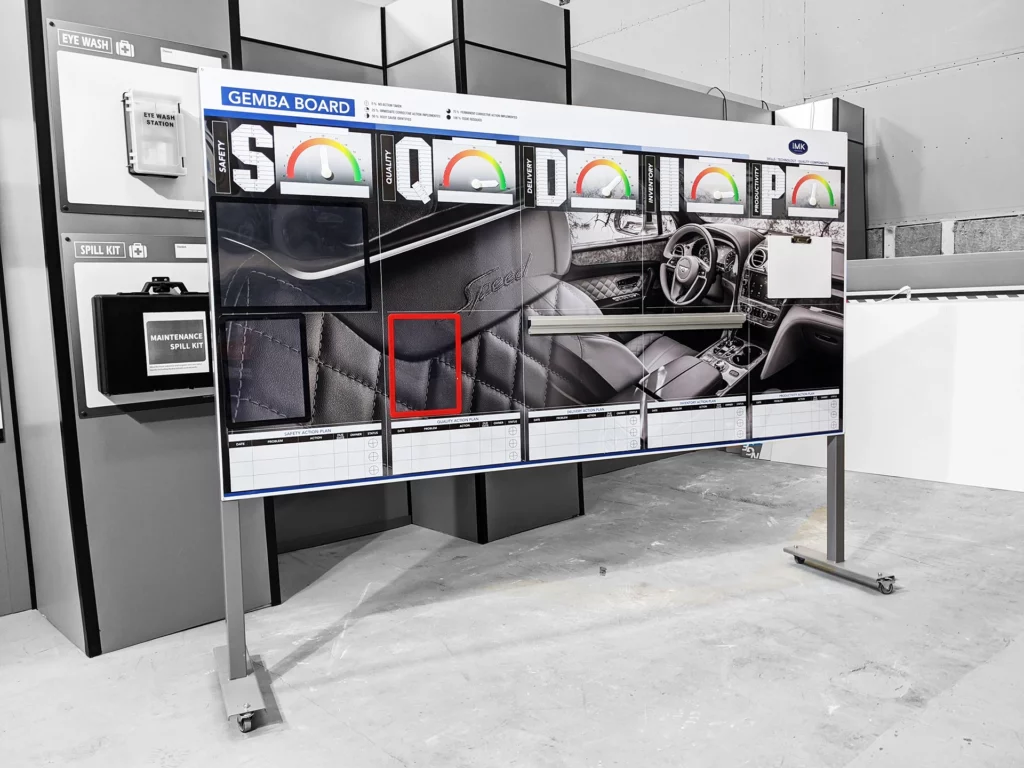
Benefits of Continuous Improvement Boards
Continuous Improvement Boards offer several benefits to organisations, including:
- Enhanced Visibility: By visualising improvement initiatives and progress, Continuous Improvement Boards provide transparency and visibility into organisational performance.
- Improved Collaboration: Continuous Improvement Boards facilitate collaboration among team members, enabling them to work together towards common goals and objectives.
- Increased Accountability: By documenting action items and progress updates on the board, team members are held accountable for their commitments, driving accountability and ownership.
- Faster Problem Resolution: Continuous Improvement Boards enable organisations to identify and address issues quickly, leading to faster problem resolution and improved efficiency.
- Culture of Continuous Improvement: Perhaps most importantly, Continuous Improvement Boards help foster a culture of continuous improvement within the organisation, where employees are empowered to seek out opportunities for growth and innovation.
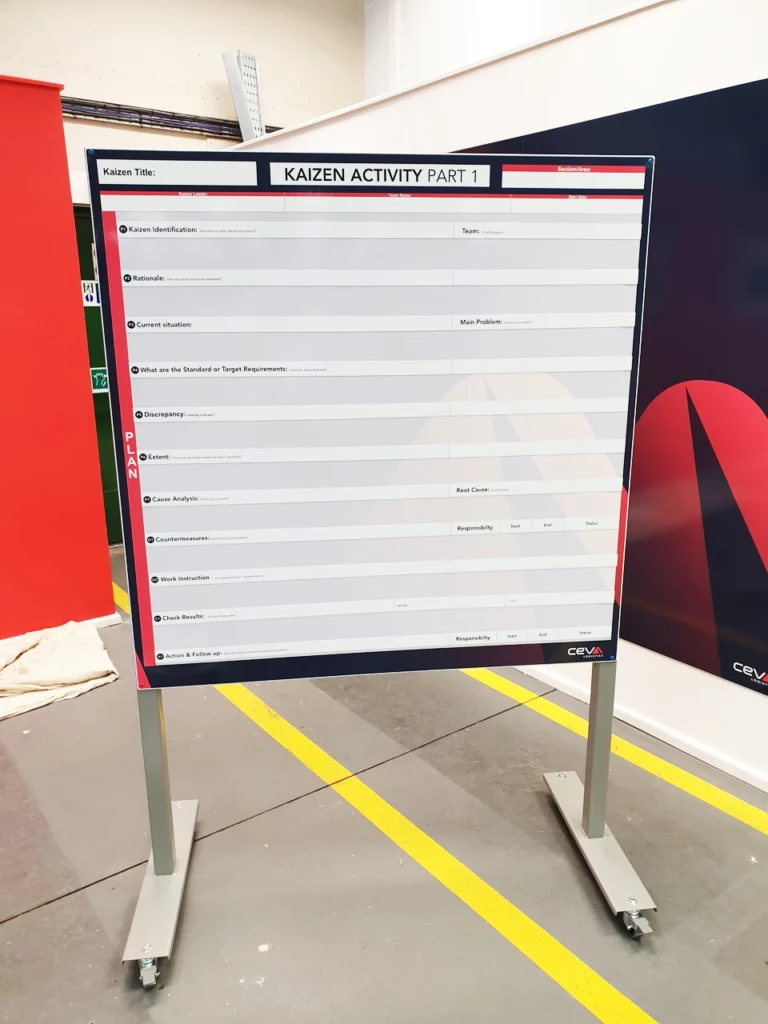
Conclusion
Continuous Improvement Boards are valuable tools for organisations looking to enhance performance, drive positive change, and achieve operational excellence. By providing a centralised platform for visualising improvement initiatives, tracking progress, and promoting collaboration, these boards empower teams to identify, prioritise, and address areas for improvement effectively. Whether it’s streamlining processes, reducing waste, or enhancing customer satisfaction, Continuous Improvement Boards play a crucial role in driving continuous improvement and achieving organisational goals.
For high-quality Continuous Improvement Boards tailored to your organisation’s specific needs, visit our website. Our bespoke boards are designed to help you monitor performance metrics, track improvement initiatives, and foster a culture of continuous improvement within your organisation. Explore our examples today and take the first step towards enhancing organisational performance with Continuous Improvement Boards.


